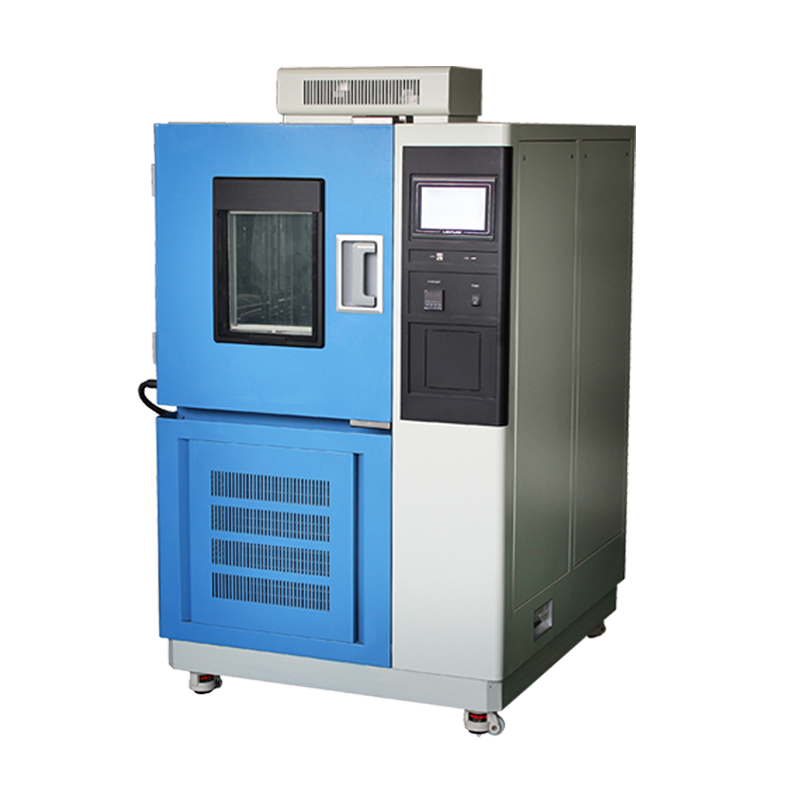In this chapter, we will discuss the correct method for placing test samples in a high/low temperature test chamber. During testing, improper placement of the samples may lead to inaccurate test results or even damage to the equipment. Therefore, learning how to position the test items correctly is crucial. Below, we analyze the key considerations:
When testing products, some minor details should not be overlooked, as they may severely affect the accuracy of the results. While the high/low temperature test chamber is in operation, the door must remain closed, making it impossible to observe the internal conditions. This means we cannot monitor the exact position, form, or changes in the samples during the test. Hence, strict adherence to placement requirements is essential.

Key Placement Guidelines:
-
Central Positioning:
- Samples should be placed in the center of the chamber and must never be placed directly on the inner surfaces.
- The spacing between samples should be adjusted based on their size, shape, quantity, and weight.
- Each sample must maintain a minimum distance of 5 mm from the left and right walls of the chamber.
-
Chamber Volume Requirements:
- The internal volume of the test chamber should be at least 3 times the volume of the test sample(s).
- Avoid overcrowding; ensure sufficient space between samples for proper air circulation.
-
Liquid Samples:
- If testing liquids or viscous substances, they should be placed in sealed containers before being loaded into the chamber to prevent spills or contamination.
By following the above guidelines, users can ensure proper sample placement, thereby improving the accuracy and reliability of test results.













